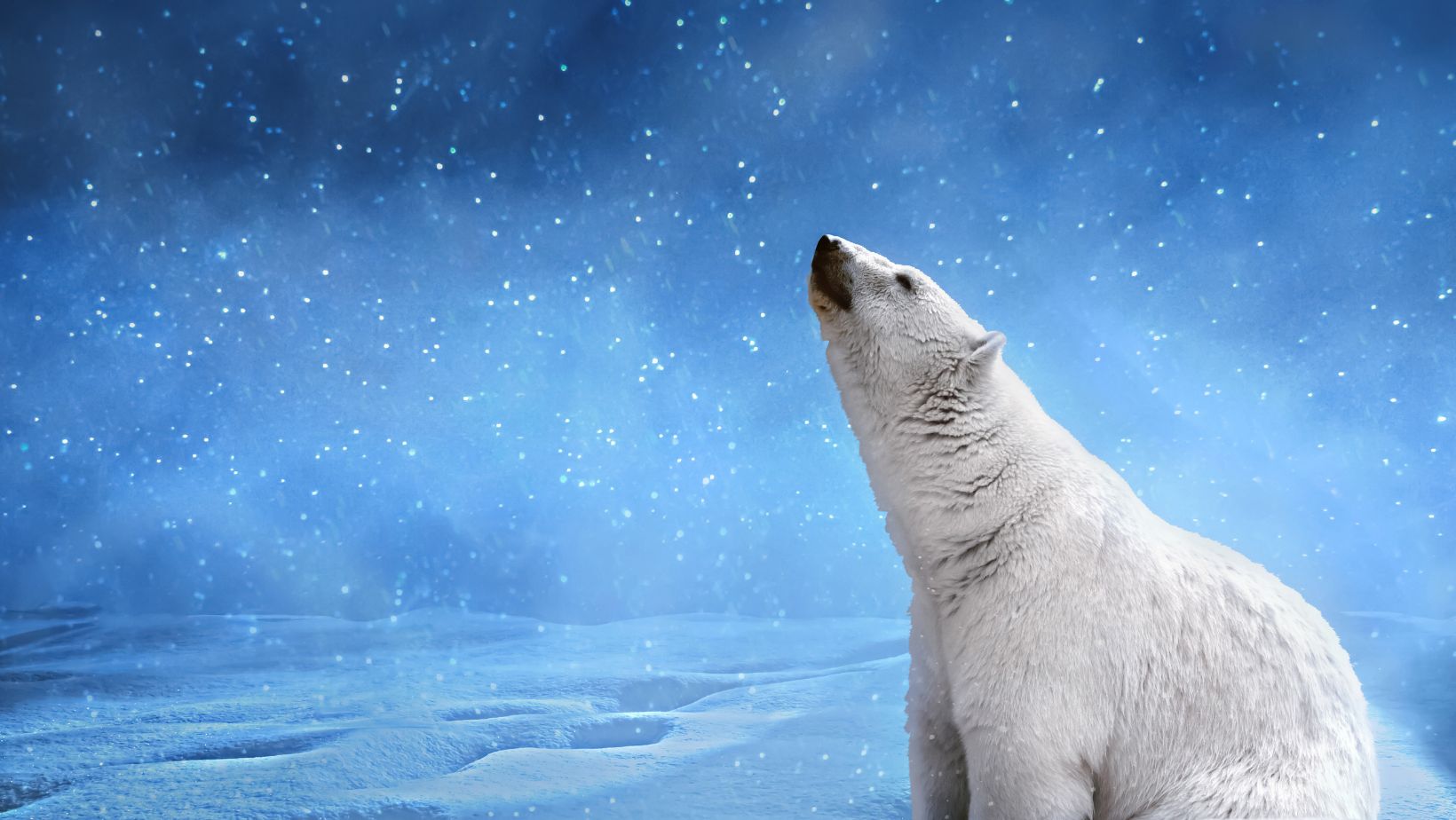
One might wonder how a bear without hair manages to survive in the wild. Without the insulation provided by fur, these bears face unique challenges when it comes to regulating their body temperature and protecting themselves from harsh weather conditions. However, nature has equipped them with alternative adaptations to compensate for this lack of fur.
Despite their unusual appearance, these hairless bears are no less formidable than their hairy counterparts. They possess all the characteristics that make bears such powerful predators – strong muscles, sharp claws, and an acute sense of smell. Their bald skin also allows them to cool down faster after intense physical activity, giving them an advantage in certain situations.
Intriguing and enigmatic, the bear without hair serves as a reminder that nature always finds a way to adapt and thrive in even the most challenging circumstances. As we delve deeper into understanding these remarkable creatures, we uncover more about the wonders of our natural world and its endless surprises. Join me on this exploration as we unravel the mysteries behind the fascinating bear without hair.
Bear Without Hair
Bears are known for their thick fur coats, which play a crucial role in their survival and overall well-being. In this section, I’ll delve into the significance of hair for bears and how it contributes to their ability to thrive in various environments.
Insulation
One of the primary functions of a bear’s hair is insulation. Their dense fur acts as a natural barrier, providing excellent insulation against extreme temperatures. Whether it’s the freezing cold of winter or the scorching heat of summer, bears rely on their fur to regulate body temperature and maintain thermal balance.
Protection
Beyond insulation, a bear’s hair also serves as protection from external elements. The long guard hairs provide a shield against physical injuries, such as cuts or scratches from branches or rocks while navigating through dense forests or rugged terrains. Additionally, the thick layer of fur helps safeguard bears from insect bites and sunburns.
Camouflage
Another fascinating aspect of bear hair is its ability to blend with the surrounding environment. Different species of bears have adapted unique coat colors that help them camouflage effectively in their habitats. For instance, polar bears’ white fur allows them to blend seamlessly with snow-covered landscapes, aiding in hunting prey and avoiding predators.
Communication
Hair plays an essential role in inter-bear communication as well. Bears use various visual cues like raised hackles (erect hairs) on their backs when they feel threatened or agitated. This display not only makes them appear larger but also signals potential rivals or intruders to back off.
Resource Indicator
The condition and appearance of a bear’s hair can indicate its overall health and well-being. Healthy-looking fur is often attributed to good nutrition and general fitness levels among these majestic creatures.
In conclusion, the importance of hair for bears cannot be underestimated. It provides insulation against extreme temperatures, offers protection from physical harm and sunburns, aids in camouflage, facilitates communication, and serves as a visual indicator of overall health. Bears rely on their fur for survival and adaptation to diverse environments, making it an integral part of their existence.

Reasons Behind Bear Hair Loss
Hair loss in bears is a fascinating phenomenon that has puzzled researchers for decades. As an expert in the field, I’ll explore some of the possible reasons behind this intriguing occurrence.
- Seasonal Shedding: Bears are known to undergo seasonal shedding, where they lose their fur during certain times of the year. This natural process helps them adapt to changing environmental conditions. In preparation for hibernation or warmer temperatures, bears may shed their hair to regulate body temperature effectively.
- Stress and Environmental Factors: Like humans, bears can experience stress due to various factors such as habitat disturbance or competition for resources. Stress can contribute to hair loss in bears, just as it does in other animals and even humans. Additionally, exposure to pollutants or toxins in their environment may also play a role in hair loss among bear populations.
- Parasites and Skin Infections: Bears can be susceptible to parasites like mites, fleas, and ticks that infest their fur and irritate their skin. These parasites can cause itching and discomfort, leading to excessive scratching or grooming behavior which ultimately results in hair loss. Similarly, bacterial or fungal infections of the skin can also lead to patches of bare skin on a bear’s body.
- Nutritional Deficiencies: A poor diet lacking essential nutrients can impact not only a bear’s overall health but also the condition of its coat. Insufficient intake of specific vitamins and minerals necessary for healthy hair growth may contribute to hair loss in bears.
- Genetics: Genetic factors could potentially play a role in some cases of bear hair loss. Certain genetic variations might make individual bears more prone to losing their fur prematurely or experiencing thinning over time.
It’s important to note that while these are potential reasons behind bear hair loss, further research is needed to fully understand this phenomenon across different species and populations of bears.